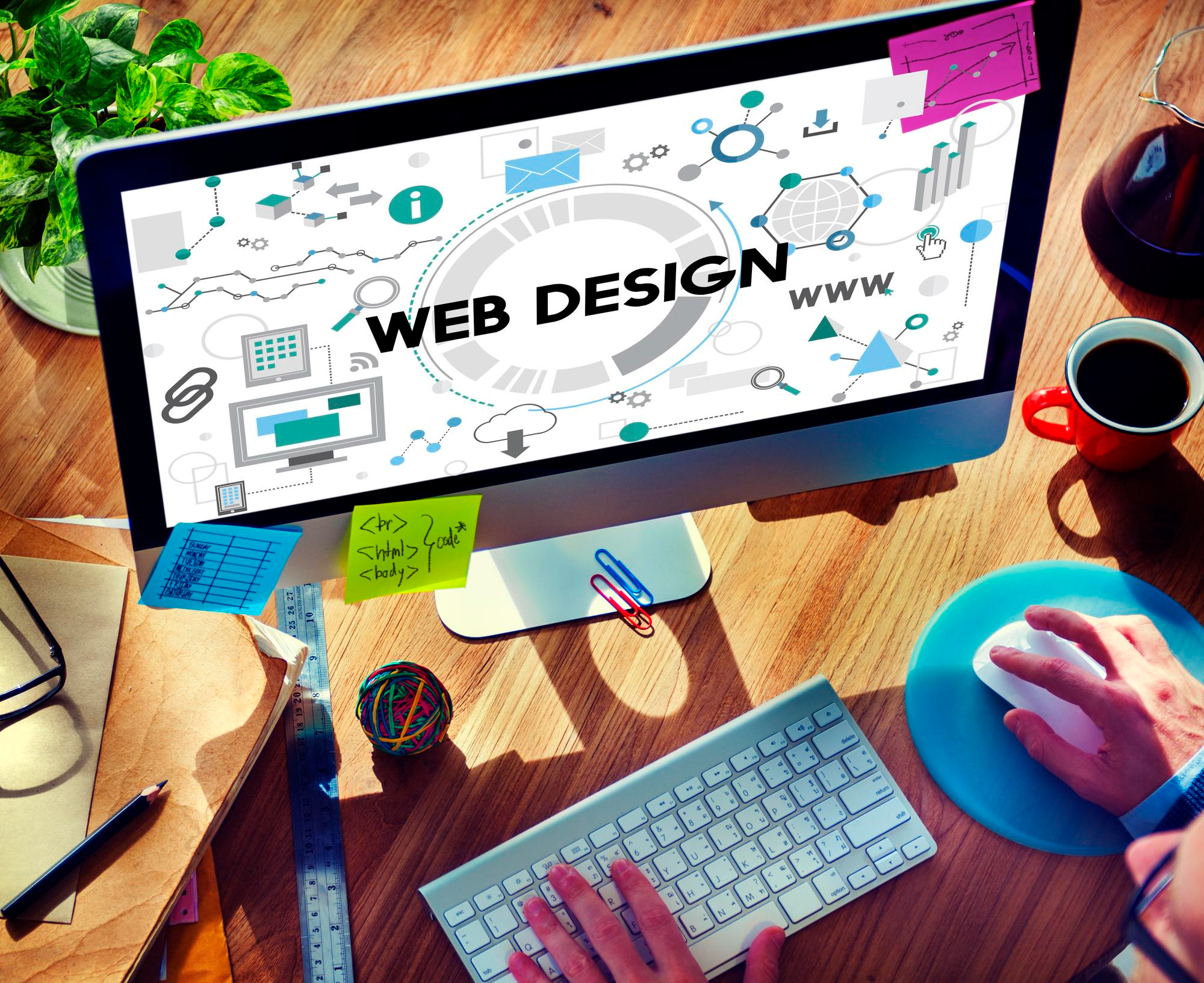The internet has undergone a remarkable transformation over the past two decades, influencing how websites are designed and experienced. From the days of slow dial-up connections to the high-speed fibre optics of today, these advancements have shaped the digital landscape. Holdens, a website design agency in Manchester, has taken a stroll down memory lane, exploring the technological evolution that has driven web design forward from the early days of the internet.
A Brief Overview of the Internet Landscape 20 Years Ago
Twenty years ago, the internet was a vastly different place. Dial-up connections were the norm, characterised by their slow speeds and distinct connection sounds. Websites were simple, text-heavy, and functional rather than aesthetically pleasing or interactive. This period marked the beginning of the internet’s journey from a static information source to a dynamic, interactive space. The challenges of this era have made us appreciate the leaps and bounds we’ve made in web design.
Early Days: Dial-Up Connections and Basic HTML
Dial-up connections were standard in the late 1990s and early 2000s. These connections operated through telephone lines, offering speeds up to 56 kbps. These slow speeds and the capabilities of early browsers limited web design during this era. Basic HTML was the primary language used, allowing for the creation of simple, text-based websites with minimal graphics.
Due to bandwidth constraints, images were few and far between, and multimedia content was almost non-existent. Designers had to focus on optimising load times, which led to the use of small images and minimalistic designs. Websites were often static, serving as digital brochures rather than interactive platforms.
Broadband Revolution: The Impact of Faster Internet on Multimedia Content
The early 2000s saw the advent of broadband internet, which offered significantly faster speeds compared to dial-up. This revolution enabled the widespread use of multimedia content. Videos, audio, and high-resolution images became commonplace, and websites started to become more visually appealing and interactive. This shift in internet speed and capabilities significantly influenced the design of websites, allowing for more complex and visually engaging layouts and content.
The introduction of CSS (Cascading Style Sheets) allowed for better control over the layout and design of websites, separating content from presentation. This led to more sophisticated and aesthetically pleasing designs. The rise of broadband also coincided with the growth of Flash, a technology that enabled animations and interactive content, further enriching the user experience.
Mobile Internet: The Rise of Smartphones and Responsive Design
The late 2000s and early 2010s marked the rise of smartphones and mobile internet. The proliferation of these devices necessitated a shift in web design to accommodate various screen sizes and resolutions. This led to the development of responsive design, a technique that ensures websites look and function well on any device, whether it’s a desktop, tablet, or smartphone. This shift in user behaviour and device usage significantly influenced the design and development of websites, leading to a focus on mobile-first design and the development of tools and frameworks to support responsive design.
Frameworks like Bootstrap and Foundation emerged, providing developers with tools to create responsive websites more efficiently. The focus shifted towards mobile-first design, prioritising the mobile experience and then scaling up for larger screens. This period also saw the decline of Flash in favour of HTML5, which offered better performance and compatibility across devices.
Modern Era: Fibre Optics, 5G, and the Future of Web Design
Today, the internet is faster and more accessible than ever, thanks to fibre optic technology and the rollout of 5G networks. These advancements have opened up new possibilities for web design, allowing for highly interactive and media-rich websites without compromising performance.
Modern web design emphasises user experience (UX) and user interface (UI) design, creating intuitive and engaging websites. Technologies like JavaScript frameworks (React, Angular, Vue) and advanced CSS (Flexbox, Grid) enable complex, dynamic interfaces. Web designers now prioritise speed, accessibility, and interactivity, ensuring websites are not only beautiful but also functional and inclusive. This user-centric approach makes the audience feel valued and integral to the web design process.
Reflecting on the Changes and Anticipating Future Trends
Reflecting on the past two decades, it’s clear that technological advancements have significantly influenced web design. The evolution has been profound, from basic HTML pages during the dial-up era to today’s sophisticated, interactive experiences powered by fibre optics and 5G.
Looking ahead, we can anticipate further innovations in web design. As internet speeds continue to increase and new technologies emerge, the possibilities for creating immersive, engaging websites will expand. The focus on user experience, accessibility, and performance will remain paramount, ensuring that the web continues to evolve in exciting and user-friendly ways. The potential for future innovations in web design is truly exciting.
For those looking to navigate these changes, partnering with a website agency can provide the expertise and guidance needed to stay ahead of the curve. The journey from dial-up to fibre has been incredible, and the future promises even more advancements in web design.

